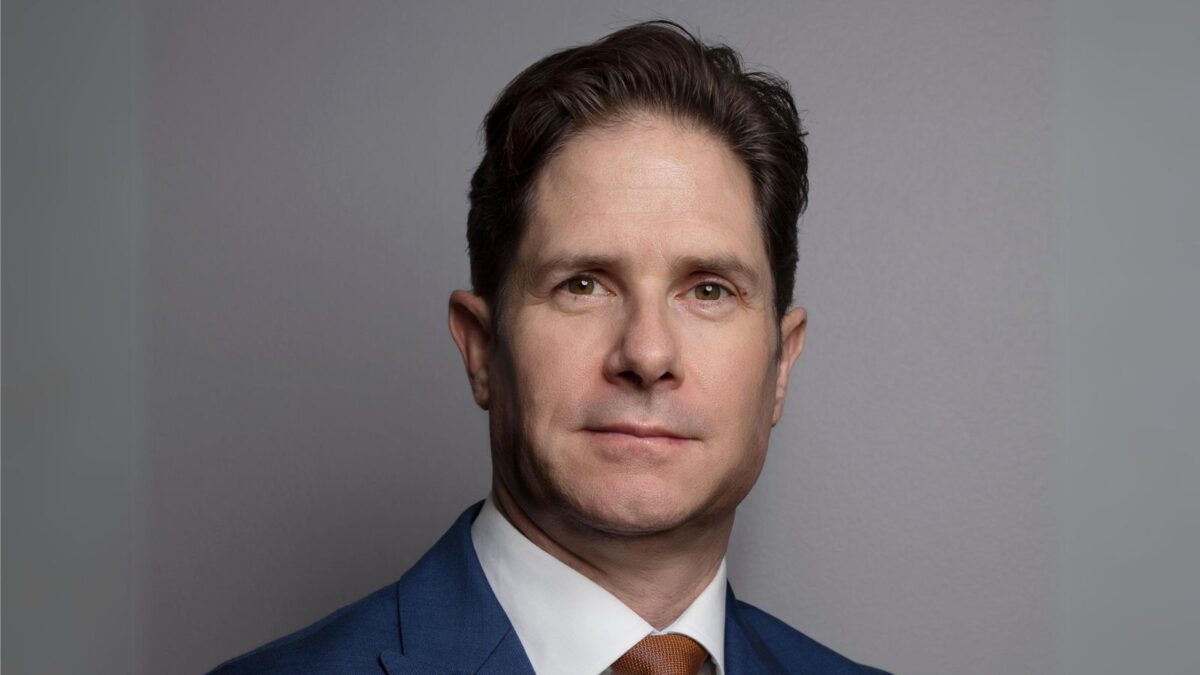Forecasts see 2023 house prices at the mercy of RBA policy
Forecasts for house prices in 2023 vary among economists, but all agree the path will hinge largely on future interest rate decisions by the Reserve Bank of Australia (RBA).
Data from CoreLogic shows prices in the five largest capital cities have so far fallen an aggregate 7.7 per cent from their peak in April, coinciding with the first interest rate increase this year.
Sydney is the worst affected, falling 11.4 per cent since its peak in January. Brisbane and Melbourne are down 8 per cent and 7.2 per cent respectively.
ANZ economists estimate house prices will slide a further 11 per cent in 2023, predicated on the RBA continuing to increase rates to tame inflation. This would subsequently erase largely all property gains since the onset of the pandemic.
Echoing that forecast, Westpac senior economist Matthew Hassan says there are still another 12 months of price declines ahead, albeit at a slower pace in 2023. Hassan expects prices to recover in 2024.
“If we take previous recessions as a guide, property downturns have tended to come in two distinct phases,” he says. “In the first phase, interest rates are going up and price declines tend to be sharp.
“In the second phase, rates are high but not necessarily rising, broad economic weakness starts to feed through and the declines begin to moderate. As such, the property market is only likely to stabilise once it becomes clear that the RBA’s next move is going to be to lower rates, and the impact of its policy tightening has passed through the rest of the economy.”
Bucking the trend
In contrast to market consensus, SQM Research predicts capital city house prices will increase between 3 per cent and 7 per cent in 2023 on the back of increased overseas migration, rental shortages, higher wages and a return to the office.
The research firm’s Housing Boom and Bust Report for 2023 has a base case that includes peak interest rates no higher than 4 per cent, inflation peaking at 8 per cent and unemployment below 5 per cent.
The Reserve Bank cash rate is 2.85 per cent, after seven consecutive increases since April this year. Inflation is currently at 7.3 per cent in Australia, while unemployment is at 3.4 per cent.
All else equal, rising interest rates lead to higher repayments for borrowers. They also reduce the borrowing capacity of new property owners, leading to lower house prices.
SQM Research managing director and author of the report Louis Christopher concluded gyrations in house prices will “boil down” to what the RBA chooses to do more than they have in the past. If interest rates go beyond 4 per cent, he says, property owners will be at breaking point.
“If they do, then the risks of a hard landing in the economy do substantially rise, and thus a hard landing in the housing market would also occur,” Christopher added.
Evidence of a slowdown
KPMG senior economist Dr Sarah Hunter (pictured) believes the RBA will look to slow the pace of hikes in the near term as spending begins to decline. The latest retail data from the Australian Bureau of Statistics shows a small month-on-month retraction in retail sales.
“While this is not surprising, it does add weight to the RBA’s decision to slow the pace of rate rises, to allow their full impact to flow through to the labour market and wage- and price-setting decisions,” Hunter said.
While the rate hikes likely won’t be fully felt until December, signs of weakness are appearing. The Westpac-MI Consumer Sentiment Index revealed a 15 per cent fall in responses that now is the right time to buy a dwelling and a 40 per cent reduction in house price expectations compared with the prior year.
Complicating matters further, borrowers face an impending fixed-rate cliff. By the end of 2023, about 23 per cent of all outstanding credit will shift from fixed-rate loans to variable-rate.
The RBA forecasts that if interest rates reached 3.6 per cent, almost 60 per cent of borrowers would face a minimum 40 per cent increase in repayments.
Twelve months is a long time
Observers have noted that a lot can happen in a year, as the RBA said as recently as November last year that conditions for an interest rate increase would not be met until 2024.
On Monday last week, Governor Philip Lowe apologised for the inaccurate guidance.
“I’m sorry that happened,” he said in an appearance before the Senate economics committee. “I’m certainly sorry if people listened to what we’d said and then acted on that.”











